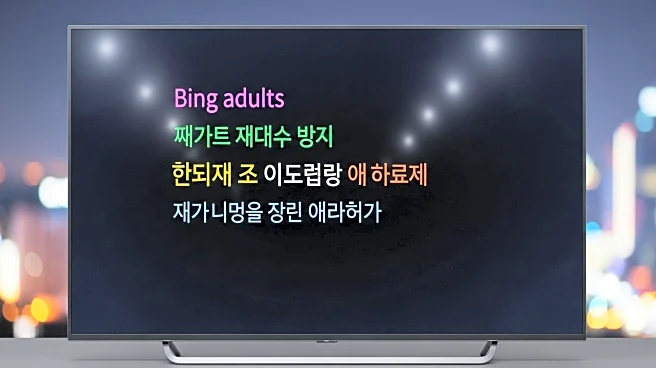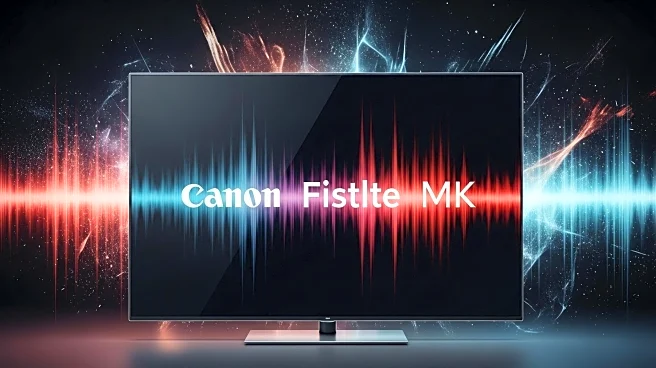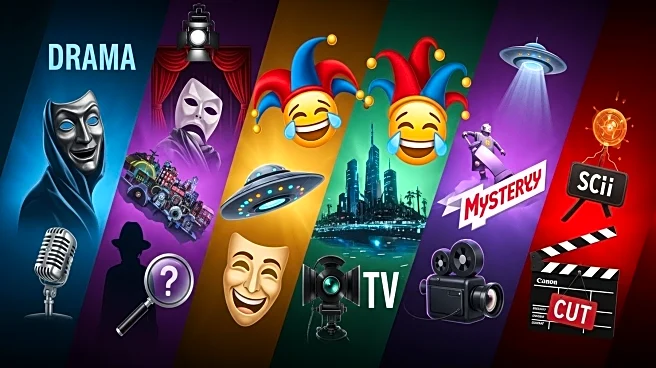What's Happening?
A recent poll conducted by The Associated Press-NORC Center for Public Affairs Research indicates that younger adults are more inclined to use subtitles while watching TV shows or movies compared to older adults. The survey reveals that approximately 40% of adults under 45 frequently use subtitles, whereas only about 30% of those over 45 do the same. The trend is particularly pronounced among those under 45, who often watch in noisy environments or multitask, necessitating the use of subtitles to catch dialogue. In contrast, older adults tend to use subtitles to better hear or understand the content. The poll highlights that 55% of subtitle users employ them to ensure they catch every word, while others use them due to difficulty understanding accents or when watching foreign content.
Why It's Important?
The increasing use of subtitles among younger viewers reflects broader changes in media consumption habits and technological advancements. As younger generations often multitask and consume content in various environments, subtitles provide a practical solution to ensure they do not miss important dialogue. This shift also underscores the evolving nature of media production, where sound design and dialogue clarity are becoming more complex due to the addition of sound effects and music. The trend may influence how content creators approach sound mixing and dialogue delivery, potentially leading to changes in industry standards to accommodate these viewing preferences.
What's Next?
As the trend of using subtitles continues to grow, content producers and streaming platforms may need to adapt by enhancing subtitle features and improving audio clarity. This could involve investing in better sound mixing technologies or offering more customizable subtitle options to cater to diverse audience needs. Additionally, the entertainment industry might explore new ways to engage viewers who multitask, potentially leading to innovative content formats that align with modern viewing habits.
Beyond the Headlines
The preference for subtitles among younger audiences may also have cultural implications, reflecting a shift towards more inclusive media consumption practices. Subtitles can make content more accessible to non-native speakers and those with hearing impairments, promoting a more inclusive viewing experience. This trend could encourage further discussions on accessibility in media and the importance of catering to diverse audience needs.











